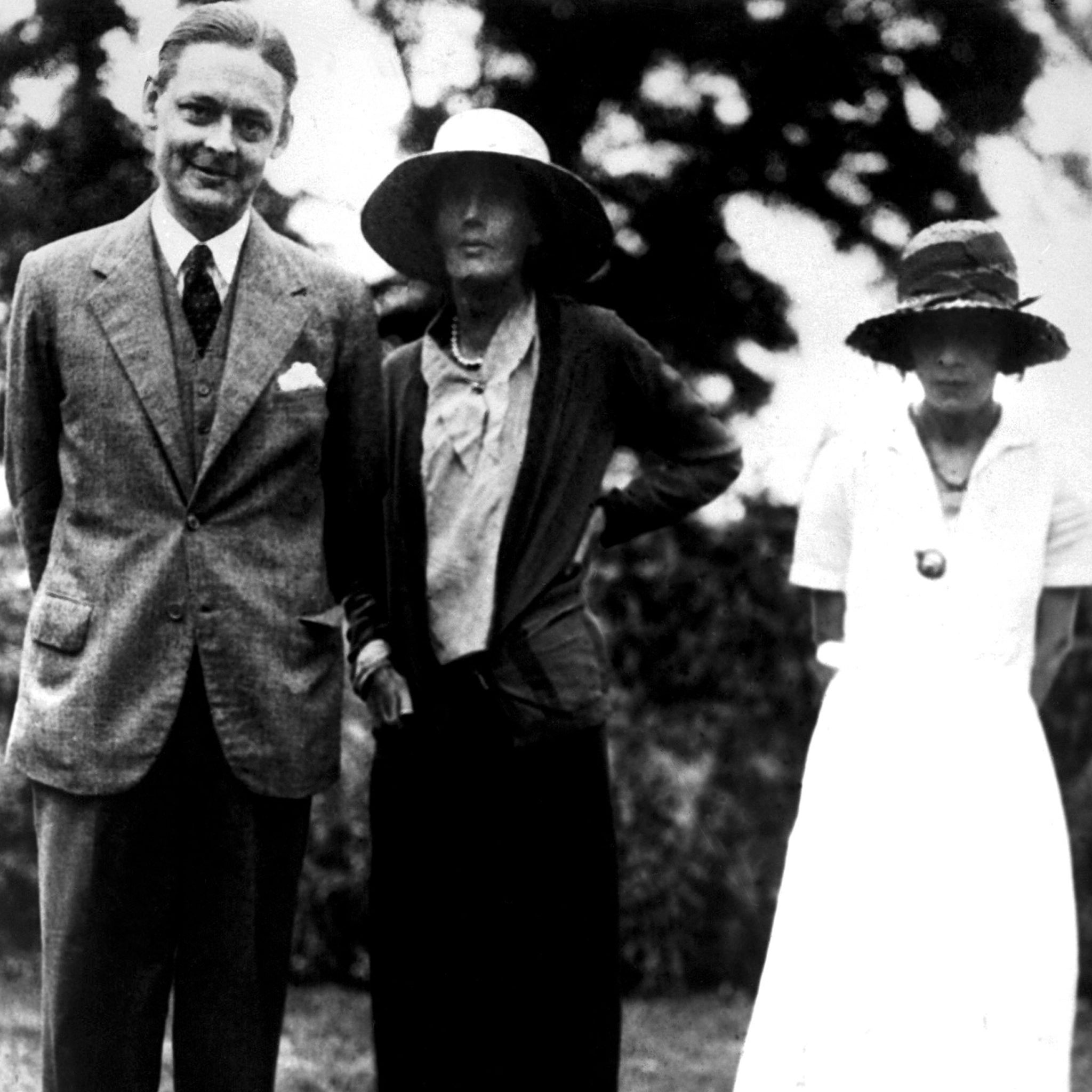The Letters of TS Eliot: Volume 5 1930-1931, book review: Cats and a dislike of cocktails
This is a significant work of scholarship, but one that throws up as many questions as answers it provides

Volume five (1930-31) of TS Eliot’s letters seems less the correspondence of the most influential poet of his generation than that of a middle-aged director of “the firm” (publishers Faber & Faber) and editor of the literary quarterly The Criterion.
Where general readers may have hoped for explications of Ash-Wednesday or Marina, both published in 1930, instead they are presented with scrupulous replies to offers of guest lectureships, radio talks, commissions for reader reports or copyright agreements.
During the period covered by this volume, in between lunches at his club in St James’s and moving houses, the newly Anglo-Catholic Eliot engages in discussions with reverends and bishops – expressing irritation that some view his new poems as “devotional” – and participates in church affairs. He turns down Basil Bunting’s first poetry collection and George Orwell’s suggestion that he translate a novel about a French prostitute, but concocts the entrepreneurial plan to make recordings of Joyce reading sections from what will become Finnegans Wake. He also publishes Auden’s (“my best poetic discovery in some years’ time”) Poems, encourages Stephen Spender and shows himself an early champion of both Marianne Moore and – more surprisingly – Hugh MacDiarmid.
Given Eliot’s admission in these pages, “if I could destroy every letter I have ever written in my life I would do so before I die. I should like to leave as little biography as possible”, and that nearly every letter reproduced is from a photostat in the Faber archive, it makes you wonder how much personal correspondence was destroyed. Certainly, Eliot comes off best when he discards some of his habitual chariness in occasional letters to friends or family, expressing for example his extreme distaste for “cocktails” (and preference for straight gin), his thoughts on wombats, or displaying rare vulnerability in craving Virginia Woolf’s approval of new work.
Eliot is tirelessly generous in recommending people for fellowships and helping struggling acquaintances to find reviewing work; his playful verse and drawings for his godson Tom Faber, the basis for Old Possum’s Book of Practical Cats (1939), are wonderful. Where he doesn’t come off so well – often in letters to Ezra “Rabbit” Pound – is in his throwaway descriptions of Edward Dahlberg as a “crude sort of cuss and a jeweranian americium”; one “Chicago Semite”; Disraeli, “a Jew film producer”; or “a very bad photograph taken by a Jew for Vogue”.
Buried deep in the footnotes are occasional glimpses of Eliot’s personal life away from his daytime existence as Homo Faber; his increasingly disturbed first wife Vivienne Haigh-Wood, barely ever mentioned explicitly by Eliot and from whom he was soon to formally separate, is described by Virginia Woolf as “this bag of ferrets… Tom wears round his neck”. This is a significant work of scholarship, but one that throws up as many questions as answers it provides.
Subscribe to Independent Premium to bookmark this article
Want to bookmark your favourite articles and stories to read or reference later? Start your Independent Premium subscription today.

Join our commenting forum
Join thought-provoking conversations, follow other Independent readers and see their replies